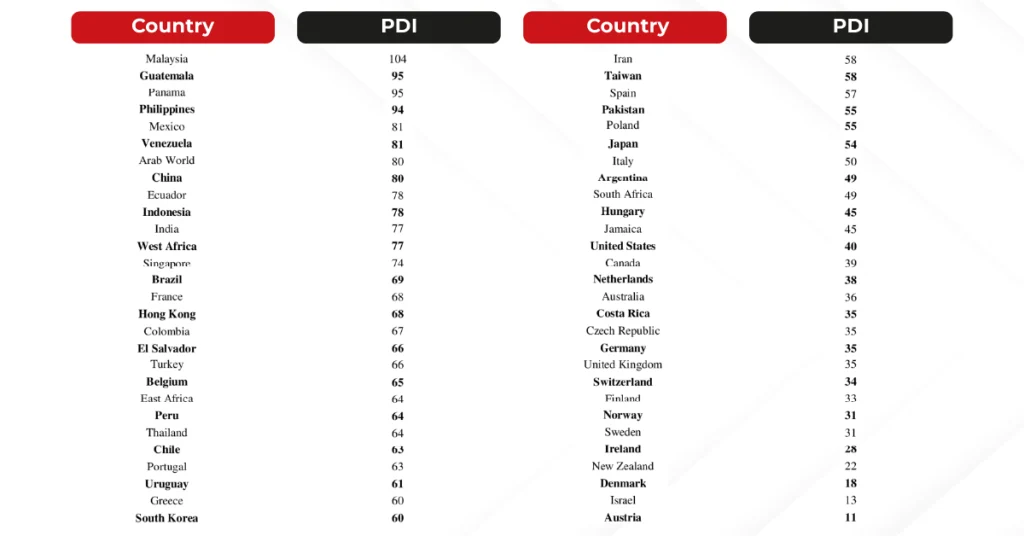Cultural sensitivity isn’t optional—it’s risk management. A direct, context-blind translation can derail a campaign, as seen when Braniff Airlines’ “Fly in Leather” slogan was rendered across parts of Latin America as “Fly Naked,” prompting laughter, confusion, and brand damage. To avoid similar misfires, lean on in-market linguists and transcreation (not word-for-word translation), validate tone and register, and run cultural reviews and pre-launch tests so your message lands as intended.
And Braniff is far from alone. Pepsi’s campaign in China once translated its slogan “Come alive with the Pepsi Generation” to “Pepsi brings your ancestors back from the dead.” These aren’t just awkward blunders — they’re costly cultural misfires.
A single overlooked nuance can cost far more than the price of translation. We’re talking about:
- Lost consumer trust
- Delayed or derailed market entry strategies
- Full-blown PR crises
- And millions in damage control
According to a report by CSA Research, 65% of consumers prefer content in their own language, even if it’s of lower quality, and 40% won’t buy at all from websites not in their native language. That’s just language. Now, imagine adding cultural context into the mix.
But here’s the good news: you don’t need to guess your way through global engagement. This post lays out a proven framework that merges cultural intelligence with linguistic precision, so your next launch resonates with true cultural sensitivity.
Cultural Sensitivity as the Cornerstone of a Global Marketing Strategy
Yet, many brands still treat culture as a checkbox rather than a compass.
Before we dive deeper, let’s untangle a few commonly mixed-up terms:
- Multicultural marketing speaks to diverse ethnic marketing segments within a single country, like targeting Hispanic or Asian-American communities in the U.S. It’s a domestic approach, yet inclusive.
- Cross-cultural advertising focuses on bridging understanding across cultures, often comparing norms and values to tailor messaging that connects authentically.
- Global marketing strategy, on the other hand, is the big-picture plan. It’s how your brand scales across borders while staying relevant, respectful, and resonant.
So why does this matter?
Because culture impacts everything, from emoji localization and color choices to negotiation styles and buying behaviors.
And the numbers back it up. Brands with strong localization strategies are 1.5 times more likely to report revenue growth in international markets, according to a Harvard Business Review study on international marketing.
The takeaway? You can’t afford to avoid culture in your strategy after the fact. It needs to be baked in from day one — in your tone, design, delivery, and even internal mindset.
The Cultural Market Research Toolkit
Before you translate a single word or sketch a visual, there’s one thing you need to get right: the culture behind the customer.
You can’t create meaningful global customer personas by guessing. Real resonance starts with research — not the generic kind, but cultural market research that sees people in context, not in isolation. Here’s what the smartest brands use to get there:
Ethnographic Research
Ethnographic research means going into real homes, real stores, and real daily routines to watch how products are actually used. You spot silent pain points — like a detergent bottle too big for the bathroom shelf — that you’d miss in surveys.
It’s slow, but it’s pure local consumer insight gold.
Hofstede’s Power Distance Index
What’s “friendly” in one culture can feel disrespectful in another.
Power distance analysis helps you adjust tone and hierarchy cues in your copy, CTAs, and even chatbot behavior.
Cultures like Colombia and the UAE value formality and respect for authority, while Sweden and Australia lean on equality and informality — a crucial insight for any cross-cultural marketing plan.
| Choose the right Localization Languages—start building connections. |
Hall’s Context Theory & Trompenaars’ Model
Do your visuals say enough — or too much?
In high-context cultures (like Japan or Egypt), meaning is often implied. Visual cues, music, or even silence can carry more weight than words. In contrast, low-context cultures like the US or Germany prefer clarity and spelled-out messaging.
This is where Hall and Trompenaars can help shape whether your campaign leans into subtle storytelling or needs to be blunt and bold.
Cultural Value Mapping & Due Diligence
Entering a new market? Merging with a local partner?
Cultural value mapping and cultural due diligence help you align expectations, prevent silent friction, and protect your brand’s future.
And the stakes are high — 70% of cross-border mergers fail, largely due to cultural mismatches.
| Transform Global Messages with Proven Localization Services! |
Five Actionable Cross-Cultural Marketing Strategies
You’ve seen it before — a global brand launches with a splash… and it falls flat.
Why? Because what works in one culture might completely backfire in another.
Let’s talk about what works — five human-first, scalable cross-cultural marketing strategies that move the needle.
- Glocalization: Keep the Soul, Tweak the Seasoning
Your brand doesn’t need to become something else. It just needs to fit the table it’s sitting at.
Take McDonald’s. Same golden arches everywhere — but in India, it’s aloo tikki burgers, not Big Macs. They didn’t lose their identity; they adapted it. That’s the magic of glocalization: staying true to your core while respecting the local plate.
- Cultural Adaptation: Test It Like You Mean It
If you’re launching a campaign in a new culture, don’t guess how it’ll land.
Put it in front of real people — and listen.
Focus groups might feel old-school, but they catch what data alone can’t: awkward metaphors, cringe moments, things that “just feel off.”
A slogan that worked in Paris might sound arrogant in Seoul. A joke that kills in New York might fall completely flat in Cairo.
Small tests now save you big cleanups later.
- Smart Market Entry: Start Small, Think Deep
Start with a pilot — one city, one group, one cultural segment. Test what hits, what misses, and why.
Instead of saying “we’re targeting 18–35,” try “we’re reaching urban Gen Z creatives in Nairobi.”
That shift in thinking — from demographics to cultural identities — gives you insights that actually matter.
And here’s the kicker: brands that localize early in the market entry process grow faster.
- Brand Localization: Set the Rules So You Can Break Them Gently
Every designer has been there — staring at a mood board wondering:
Can I use red here? Does this font feel… right?
Do these images say what we think they say?
A solid brand localization guide makes those calls easier.
It gives your team creative freedom within cultural guardrails — so the tone, typography, and imagery feel familiar and fresh.
- Transcreation Sprints: Fast Doesn’t Have to Mean Flat
Yes, you can move fast and stay deep.
With the right team — native linguists, local creatives, sharp strategists — you can create localized campaigns that feel like they were written right there on the ground.
It’s reimagining your message with cultural soul.
And it pays off: 76% of global consumers are more likely to buy from a brand when the content feels personal.
Partner With Specialists Who Live and Breathe Localization
If there’s one thing to take away from all this, it’s that culture is a strategy.
The best global brands translate intent, tone, and trust. They show up in new markets like they’ve always belonged there. Not because they guessed right, but because they partnered with people who get it.
That’s where we come in.
At AsiaLocalize, we’re not just translators. We’re cross-cultural marketing thinkers, cultural segmentation mappers, and transcreation pros. We help brands speak like locals — not tourists — across every touchpoint.
Whether you’re launching into new markets, rethinking your international marketing, or need help decoding global customer personas, we’re here to guide the way.
| Let’s turn culture from a risk… into your strongest competitive edge. Learn more about our multilingual content marketing services. |








